- About us
- Markets
- Dry Cargo
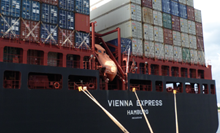
- Wet Cargo
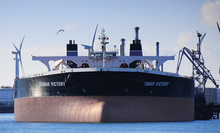
- Cruise
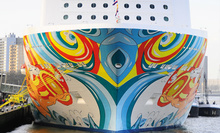
- Towage & SalvageTowage & Salvage
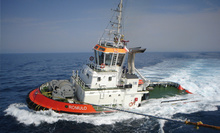
- Heavy Lift
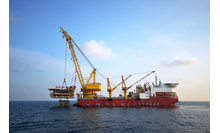
- Inland ShippingInland Shipping
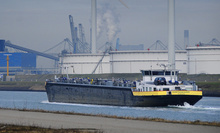
- Dredging
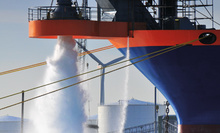
- EPCI CONTRACTORSEPCI CONTRACTORS
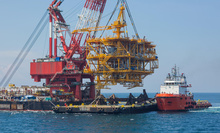
- Dry Cargo
- Products
- Information
- Our people
- Contact us
-
Brands
NEWS & EVENTS
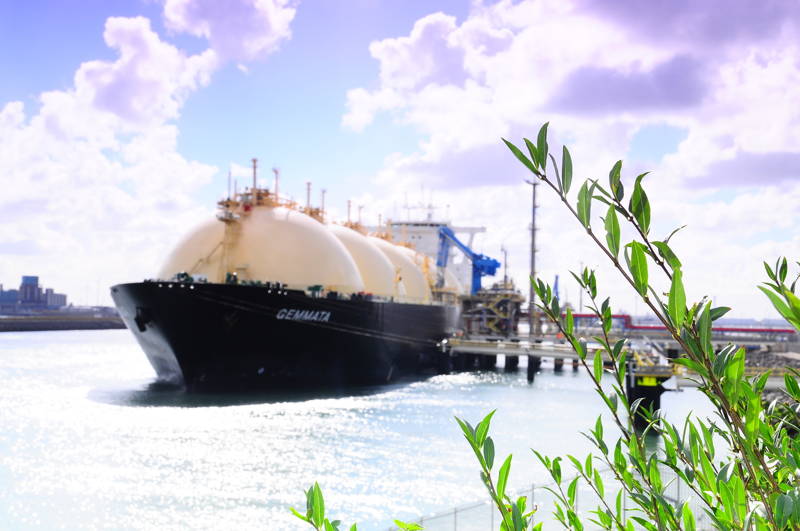
overview
Advances in Rope Testing Drive Fibre Rope Performance
Publication date: 02-07-2020Advances in rope testing are proving to be the key to achieving unprecedented levels of durability and predictability for mooring and towing ropes. Larger vessels, the growing frequency of adverse weather conditions, and the advent of the OCIMF’s MEG4 recommendations, have highlighted the importance of rope testing to ensure performance and durability.
Rope testing is the primary means of assessing the integrity of the rope construction, assessing manufacturing quality and suitability for purpose. “Rope testing is not only essential to ascertain performance; it’s expected by customers to prove performance. Todays’ ropes are engineered products designed to meet the demands of specific applications and so achieve outstanding service levels,” says Wilco Stroet, Managing Director, Lankhorst Ropes. “In order to continue pushing our definition of outstanding and deliver greater service life to our customers Lankhorst Ropes is set to begin in-house abrasion testing of ropes.”
Ensuring Rope Performance
“Using the data from abrasion testing Lankhorst will be able to help operators compare how ropes would behave under the same conditions and therefore which is best suited to their requirements. We will begin abrasion testing early in 2020 and look forward to bringing this new data to our customers later in the year,” comments Hans-Pieter Baaij, Product Area Manager Wet Cargo, Lankhorst Ropes.
“Advances in rope testing and operating standards, such as MEG4, have raised rope performance. Lankhorst’s MEG4 approved Lanko®force main line rope and Euroflex® pennant have been subjected to the full testing required, this involves 17,000 cycles of angled endurance and 10,000 cycles of axial compression rope testing. Anything below this cannot be MEG4 compliant and therefore may not perform as expected.”
Comprehensive Rope Testing
For maritime Lankhorst’s rope testing is conducted at its Dordrecht facility in the Netherlands. The rope test machine has a 300Mt break capacity bed with a cylinder length of 3 meter to handle high stretch fibre rope assemblies. The test machine also includes bespoke software to facilitate a wide range of test modes, including break testing, TCLL (Thousand Cycle Load Limit) testing and Dynamic Offshore/Marine Scenario Testing.
Key Product Development Tool
The Dordrecht test machine’s Dynamic Offshore/Marine Scenario Test recently aided the development of the innovative Lanko®nect by replicating an actual towing log scenario. The scenario was repeated over 100 times under “real life” conditions, allowing Lanko®nect to reach a more advanced stage of refinement before real world testing.
Now used by several tug operators, the Lanko®nect avoids the need for handling a heavy metal shackle, making it safer and easier for crew to handle. It also allows a weak link to be set in the towing line that prevents damage to the expensive main pennant.

